Selling oil to supertankers entering the port
The above recommendation was made by Mr. Vu Ninh, Member of the Board of Directors of Gemadept Group, at the Seminar "HCMC - A major service center of the country and the region with high-class, modern, high-value-added service industries: Orientation and breakthrough solutions", organized by the Department of Industry and Trade of HCMC on the afternoon of September 12.
Specifically, Gemadept representative said that Ho Chi Minh City needs to build a " World Maritime Center in the region", instead of just focusing on warehousing and logistics services as planned.
He cited that PSA alone - Singapore's central maritime port area - accounts for 7% of the country's direct GDP and 3% of its service value. Meanwhile, Gemadept and Saigon Newport as well as other Vietnamese port operators still mainly perform simple loading and unloading services.
Currently, there are more than 100 super ships entering the Cai Mep - Thi Vai port cluster each month. Each of these ships carries a huge value of goods.
“Can we supply fuel to these super ships? Besides, can we provide financial services for the cargo on board? These are services of great economic value,” he said. If established, the Maritime Center will effectively support the International Financial Center in Ho Chi Minh City, according to the resolution issued by the National Assembly.
“HCMC has a port cluster with a better geographical location than Singapore. The total volume of goods in the Southeast region is about 26 million TEU, not including transit goods. These are the premises for the city to open a World Maritime Center in the region,” he emphasized.

In the near future, it is possible to connect all ports in the Cai Mep - Thi Vai area into a connected chain, sharing services to exploit the maximum potential. Currently, the ports still operate separately, managed by many different units.
In the long term, large enterprises can lead the industry, together with partners, to build a roadmap to form a World Maritime Center. Gemadept also wants to participate in this process, according to Mr. Ninh.
Gemadept is managing and operating a series of seaports and inland container depots (ICDs) in the country. The unit also owns the deep-water port Gemalink, which is among the top ports in the world, and can receive super ships with a capacity of about 232,500 DWT.
Advantages of Ho Chi Minh City port compared to Thailand
Mr. Dinh Xuan Khanh, Director of Logistics Service Center, Saigon Newport Corporation, estimated that the seaport area of Ho Chi Minh City (old) has a customs clearance output of about 7 million TEU/year. The Cai Mep - Thi Vai port cluster area (old Ba Ria - Vung Tau ) also has a similar output.
Thus, after the merger, the customs clearance output of Ho Chi Minh City is only about 14 million TEU/year. With the current growth rate of goods, the customs clearance output in Ho Chi Minh City will reach 26.57 million TEU/year by 2030 and is likely to be even higher.

Not to mention, the city's seaport logistics service industry still has room for development if it can attract transit goods at sea to current ports, instead of just import and export goods to the port.
For example, Sihanoukville port (Cambodia) can only accommodate ships under 50,000 tons. Most of the goods from Cambodia that want to be exported still have to be transited through seaports in Singapore or Laem Chabang port (Thailand), with a very large output of about 2 million TEU/year.
According to Mr. Khanh, Ho Chi Minh City can absolutely attract the above 2 million TEUs. Because the distance to transport goods from Sihanoukville port to Cai Mep - Thi Vai port cluster and then to the US will be shorter and the cost will be cheaper than going through Laem Chabang port.
To exploit the advantages of seaports, what Ho Chi Minh City needs to do after the merger is to pay attention to the connectivity between seaports, post-port logistics areas with road, waterway and air traffic.
Data from the Vietnam Maritime Administration shows that the costs for maintenance, repair, upgrading of bridge clearance, drilling for navigation or depth of main shipping routes are very low compared to the costs of building road infrastructure. Meanwhile, these are the things that need to be done to develop stronger waterway transport.
According to Mr. Khanh, about 70% of the 7 million TEU of goods in Cai Mep - Thi Vai are transported to Ho Chi Minh City by waterway. If the city still focuses on the old ICD ports in Thu Duc, Cat Lai, and Phu Huu to receive goods, the pressure on road traffic will not change.
Instead, he suggested that land along the upper reaches of the Dong Nai and Saigon rivers should be used to build logistics areas behind ports to support cargo reception, thereby reducing congestion on roads. Specifically, Ho Chi Minh City can concentrate planning in areas such as Cu Chi port (old Ho Chi Minh City); An Tay, Ben Suc, Thanh Tuyen (old Binh Duong). These areas can all receive large cargo barges.
After listening to opinions from businesses, Mr. Bui Ta Hoang Vu, Director of the Department of Industry and Trade of Ho Chi Minh City, affirmed that the city will focus on developing waterway transport in the coming period.
Currently, Binh Trieu bridge is being raised so that barges underneath can transport 3 layers of stacked containers. This is to serve barges moving from ports to upstream areas, promoting the advantages of local sea routes. In addition, the lack of connectivity in the use of port infrastructure will also be adjusted by the city soon.
Vice Chairman of the Ho Chi Minh City People's Committee, Mr. Nguyen Van Dung, admitted that the city's logistics network planning still lacks unity and synchronous connection.
Regarding the proposal to establish a World Maritime Center in the region, he said the city needs to set up a research team and request a major topic, and report to the Government about this proposal.
“Some localities in the country also own very large ports, but the idea of establishing such a Maritime Center is new. The city will pay attention so that the idea can become a reality,” said the Vice Chairman of Ho Chi Minh City.

Source: https://vietnamnet.vn/ga-khong-lo-cang-bien-kien-nghi-mo-trung-tam-hang-hai-the-gioi-tai-tphcm-2442134.html


![[Photo] Lam Dong: Close-up of illegal lake with broken wall](https://vphoto.vietnam.vn/thumb/1200x675/vietnam/resource/IMAGE/2025/11/03/1762166057849_a5018a8dcbd5478b1ec4-jpg.webp)

![[Photo] Prime Minister Pham Minh Chinh receives the Chairman of the Japan-Vietnam Friendship Association in the Kansai region](https://vphoto.vietnam.vn/thumb/1200x675/vietnam/resource/IMAGE/2025/11/03/1762176259003_ndo_br_dsc-9224-jpg.webp)
![[Photo] Fall Fair 2025 and impressive records](https://vphoto.vietnam.vn/thumb/1200x675/vietnam/resource/IMAGE/2025/11/03/1762180761230_ndo_br_tk-hcmt-15-jpg.webp)
![[Photo] General Secretary To Lam receives Singaporean Ambassador Jaya Ratnam](https://vphoto.vietnam.vn/thumb/1200x675/vietnam/resource/IMAGE/2025/11/03/1762171461424_a1-bnd-5309-9100-jpg.webp)








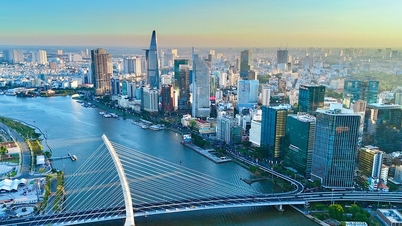





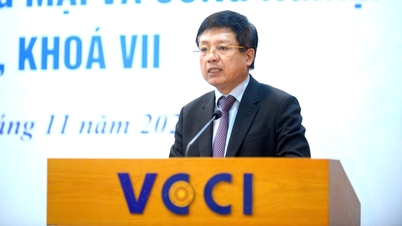





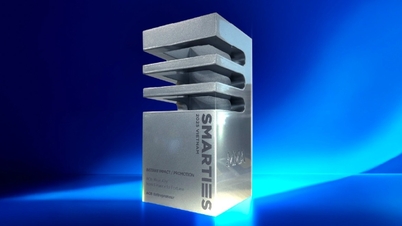





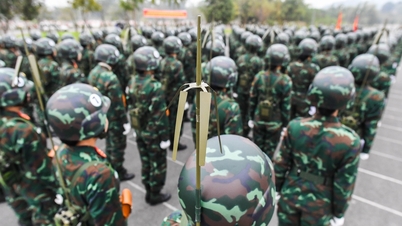

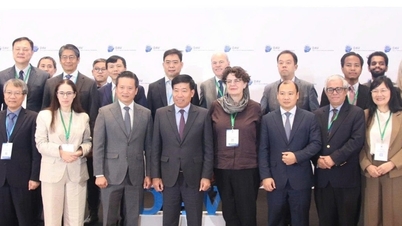

























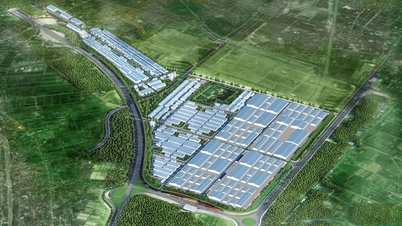
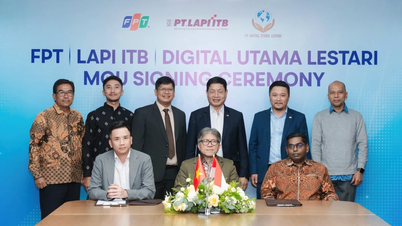








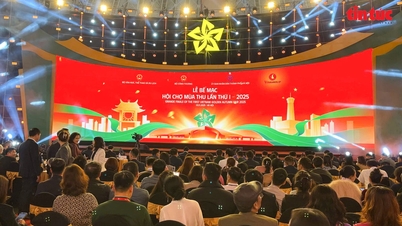


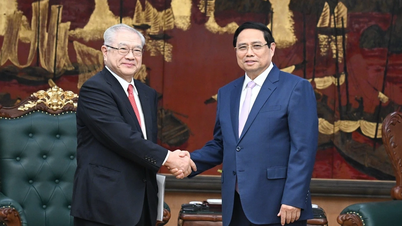






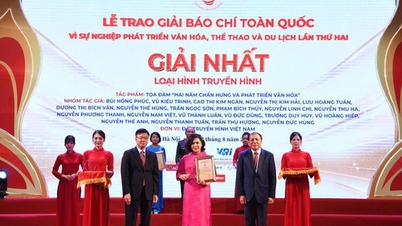









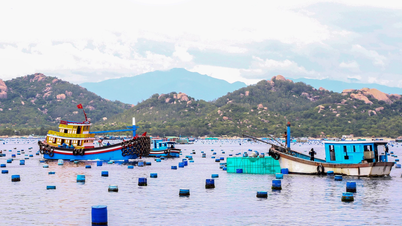


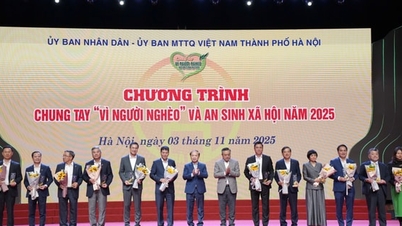














Comment (0)